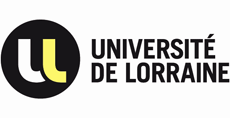|
The manuscripts were transcribed by Pierre Kunstmann at LFA. The transcriptions may be considered semi-diplomatic inasmuch as word segmentation has been modernized and punctuation added, which equates to an initial critical interpretation of the document. A second critical intervention consisted of marking scribal errors with an asterisk: when the asterisk immediately follows the letters of a word, the error concerns that word alone; preceded and followed by a space, the asterisk indicates a mistake of another type, most often an omission; located at the end of the line, it indicates that the error concerns several elements of that line. The asterisk is normally followed, between [], by a suggestion of correction, introduced by the abbreviation l. "Read rather". It should be emphasized that, these interventions notwithstanding, our texts are more in the nature of a diplomatic transcription than of a critical edition. For truly critical texts, readers should consult Foerster's editions, which are now available on the Web.
There are some unusual graphical forms that may seem surprising (antreamoient, antreessaient, for example.); they are a result of the constraints imposed by the automatic treatment.
Dieresis is used discreetly, primarily to eliminate ambiguity: for example between oie (present subjunctive 3 of oïr - 26 occurrences) and oïe (feminine substantive oïe, 2 occurrences, or past participle of oïr, 18 occurrences).
|



